Into the Wardrobe: DRAGON OF THE LOST SEA by Laurence Yep
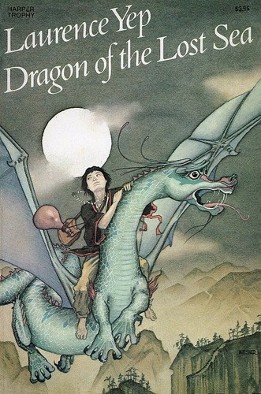
Starting the novel, I was immediately drawn into the world and the folk nature of the story being told. As the human, I expected Thorn to be the center of the novel, but gradually began to appreciate Shimmer as the protagonist and character we would see adapt and grow through the adventure unfolding.
Book Review – HOLLY HORROR: THE LONGEST NIGHT by Michelle Jabès Corpora
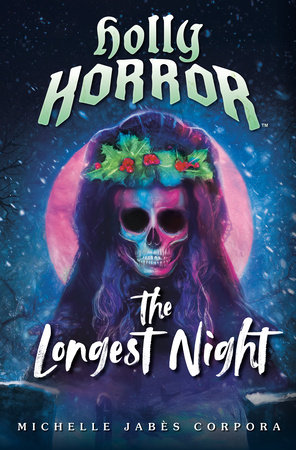
The first book is good, and I enjoyed it, but the sequel steps everything up in significant ways to outshine the first. And its setting around Christmas and a high school staging of Dickens’ A Christmas Carol makes this one work better for this time of year than Halloween, or the summer when both the books have been released.
Comics Review: Penultimate Quest
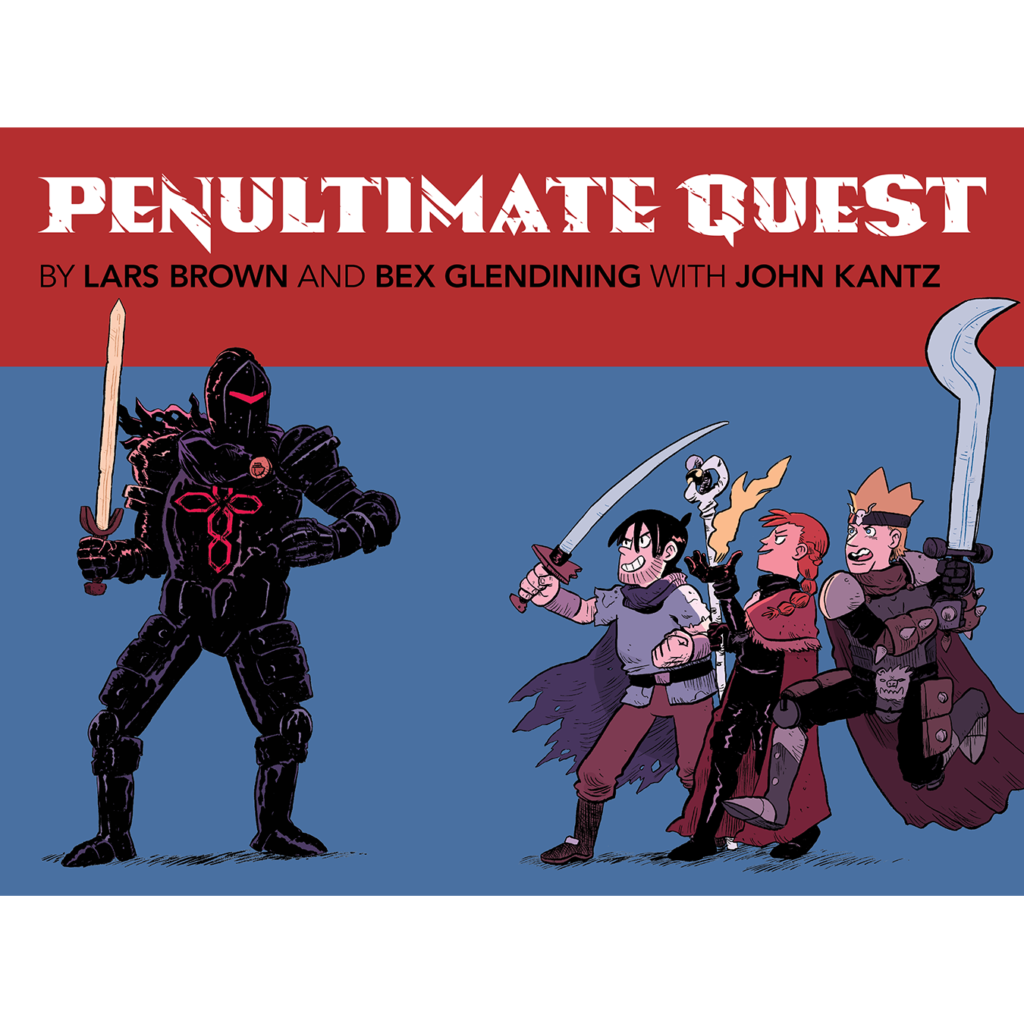
Let’s start with the element that surprised me the most: Penultimate Quest is absolutely not a comedy. Going in clean, with no more information than what’s on the front and back covers, I was expecting much more of a genre parody than actually appears. I could make a case for the book as satirical, but it’s not the ha-ha kind of satirical; while there’s genre deconstruction taking place, its expression is far more tragic than comic. This is not a “Mornin’ Ralph” “Mornin’ Sam” send-up of adventuring as a grind.
Into the Wardrobe: 2095 by Jon Scieszka (1995)
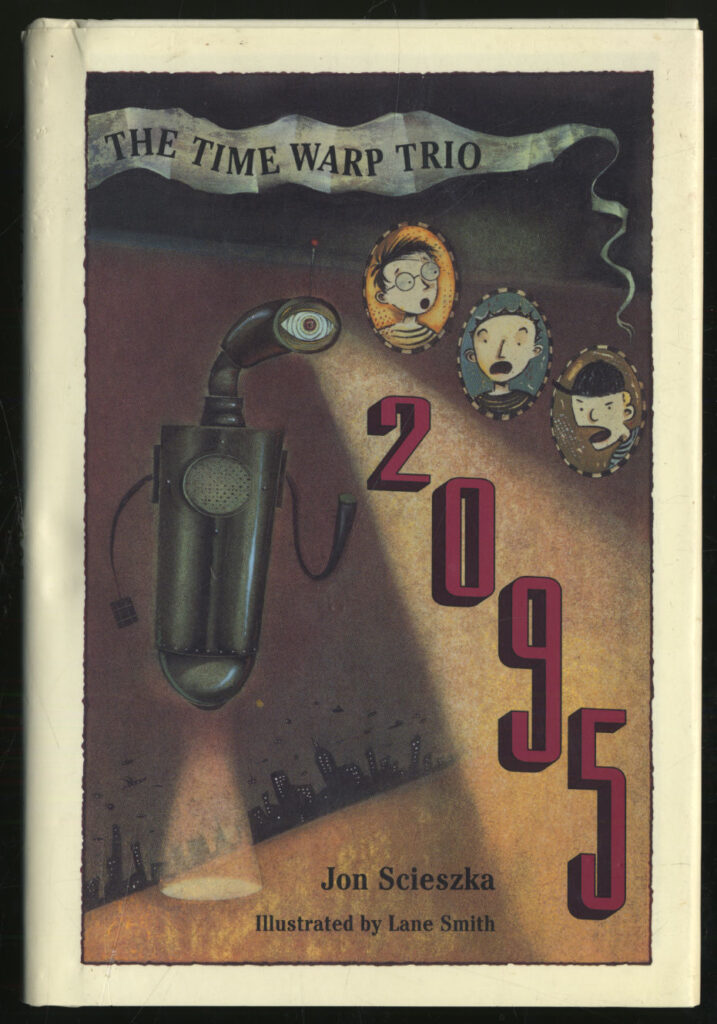
As with other books I’ve been finding at thrift shops and using for Into the Wardrobe, the Time Warp Trio series is one I was too old for when it was originally published, so I’m completely new to it. According to Goodreads, the series went on for 16 volumes, and it spawned a television show adaptation.
Into the Wardrobe: READY FOR BLASTOFF! (1990) by Rick North
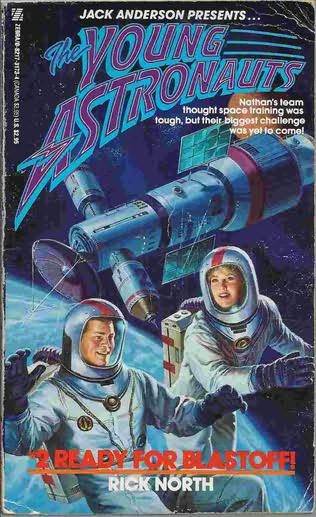
Ready for Blastoff! is the second entry in “The Young Astronauts” series, a collection of six middle-grade books published in 1990–1991 and “presented by Jack Anderson,” a nationally syndicated newspaper columnist and investigative reporter who passed away in 2005. The series is linked to the Young Astronaut Council, Inc., which still exists, providing school enrichment through a “STEM-based space-themed, pre-afterschool television show.” The origin of the Young Astronaut program lies in an oval office meeting between Anderson and then President Reagan in 1984. Anderson noted: “I’ve noticed two things about my grandchildren. They love space. They were excited about space. They hated school.” With a view on declining US student math and science scores, Reagan quickly adapted the idea into a political reality that developed into an international program of conferences, school chapter activities, and this series of stories published by Zebra books. I only found this second volume in the thrift shop, so I haven’t read the first book, but that didn’t really create any difficulty with getting into this one. It begins with a prologue where a UN/NASA international team of seven sixteen-year-old astronauts blasts off from Earth: destination Mars. The prologue introduces each of the team members, their personalities, and the struggles that they have gotten through to reach this momentous occasion. The team consists of Nathan Long (team leader), Karl Muller, Sergei Chuvakin, Alice Thorne, Noemi Velazquez, Genshiro Akamasu, and Lanie Rizzo, who harbors a secret. The prologue also sets up one of the novel’s antagonists, Suki, the leader of another team that will soon follow Long’s team to Mars. The twenty-one short chapters of the novel then flashback in time to show the challenges the team successfully faces leading up to their departure from Earth. These include both physical and mental obstacles, from nausea in zero-G simulations to imposter syndrome. As the characters rise to meet these challenges and trust one another to come together, the story demonstrates to readers qualities of perseverance and teamwork. The diversity of the characters is both a strength and weakness in terms of how well issues are handled, particularly from a present-day perspective. One thing covered well is the issue of socioeconomic privilege, though it’s not of course directly called that in a book from the 1990s. What the novel does less well from a perspective of today is the racial, ethnic, or gender diversity, which definitely comes across as being presented in typical fashion for the era: the diversity is there, but it’s still rather stereotypical and limited. For instance, the Japanese teen loves Godzilla, and the affluent girl loves fashion and shopping. While Nathan Long exists as a typical clean-cut, male leader, he demonstrates support and care, without domineering, bias, or aggressiveness. The name “Rick North” is a house pseudonym used for the Young Astronaut series, and this particular novel is written by John Peel, a prolific author of SF media tie-in franchise novels (from Star Trek to Dr. Who) who might be familiar to many readers out there. In all, Peel does a great job with Ready for Blastoff!, balancing plot and character development well within the book’s short length. He also includes several situations that show the characters using their minds and compassion to overcome mishaps or dangers. Aside from the competitive antagonism the team receives from Suki, most of the story deals with the team members having to deal with training while under the scrutiny of a hostile media writer and her photographer/cameraman. From this one volume of the series, at least, I’m reminded of Mary Robinette Kowal’s recent “Lady Astronaut” series. The two series share a lot in common in terms of themes, albeit Kowal’s for a more adult audience (while still readable by YA). I imagine that the “Young Astronaut” series would have been effective for getting young readers at the time more interested in STEM and space, at least those with nerd proclivities. I’m not sure it would have the same effect on middle grade readers today, though I could see this series being modernized and brought back, for instance through the involvement of an Abigail Harrison (Astronaut Abby) type STEM communication personality.
Book Reviews: A Penguin Teen Trio of Terror
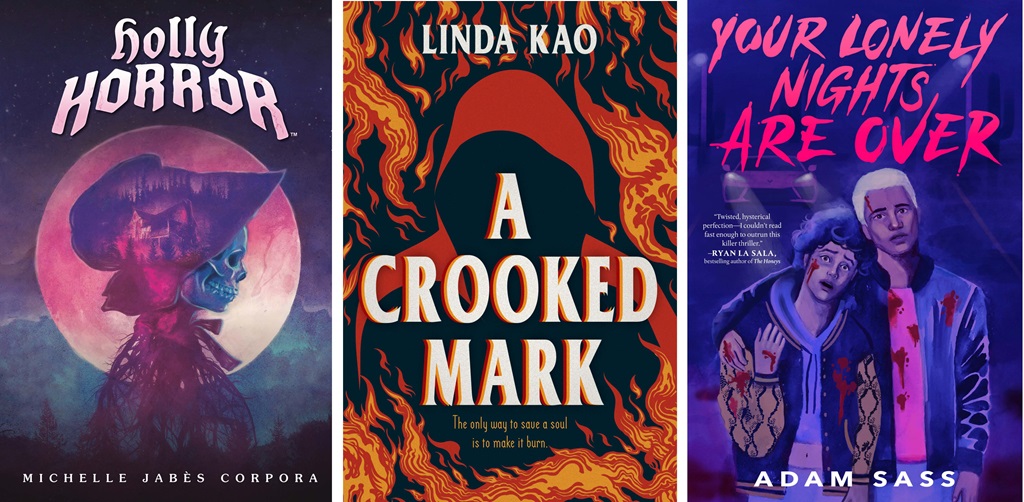
We’re excited to bring you short reviews of three terrific seasonal horror offerings recently out from various YA imprints of Penguin Random House.

